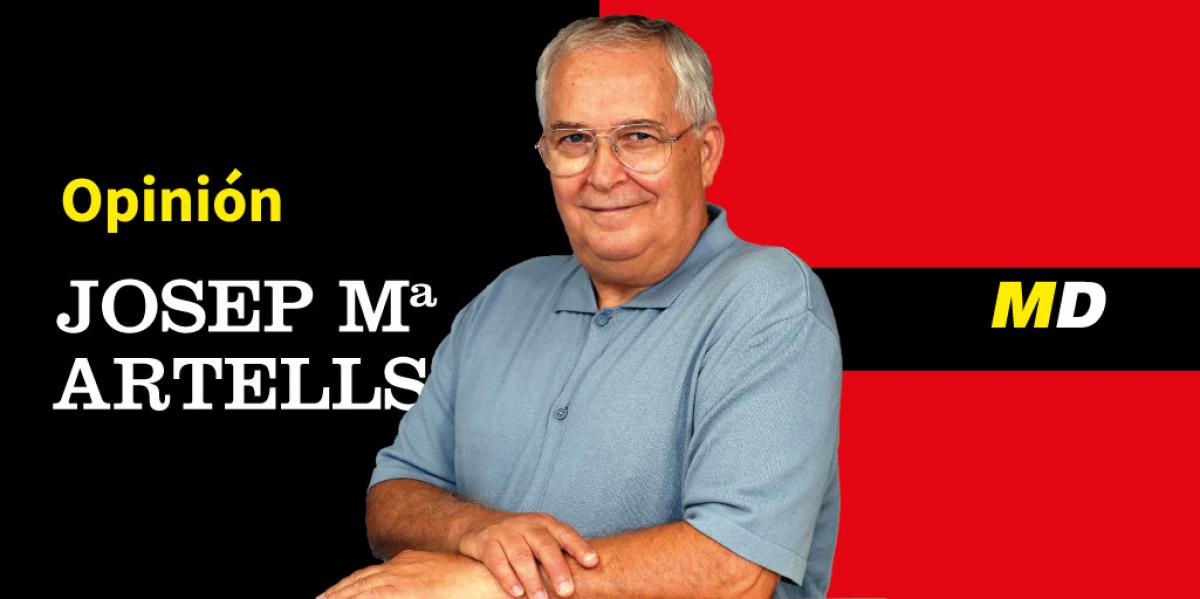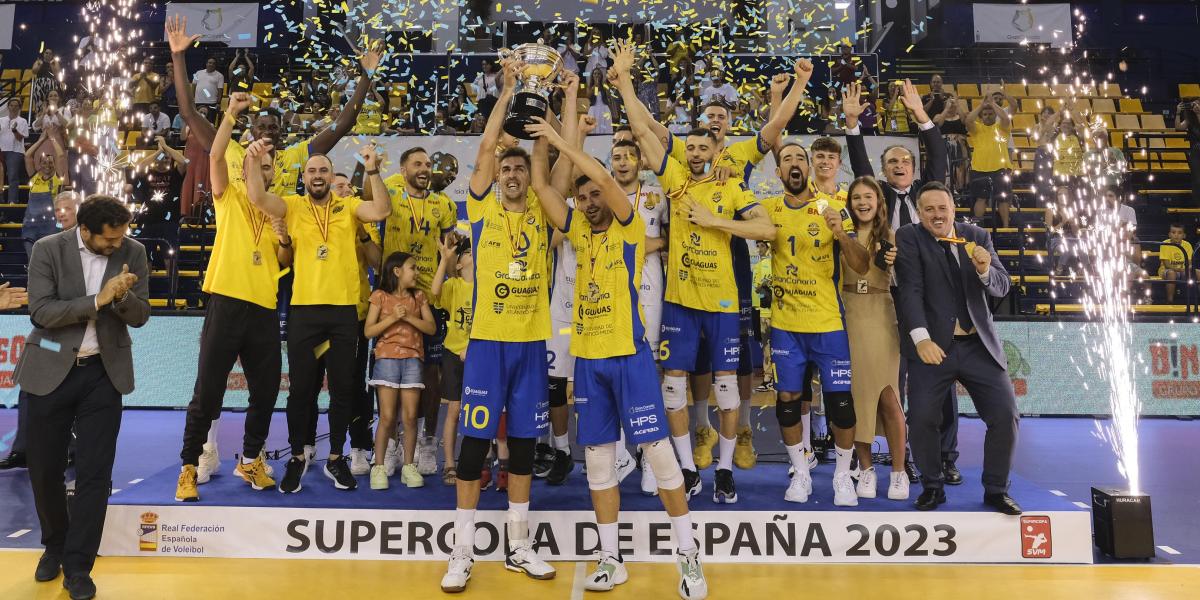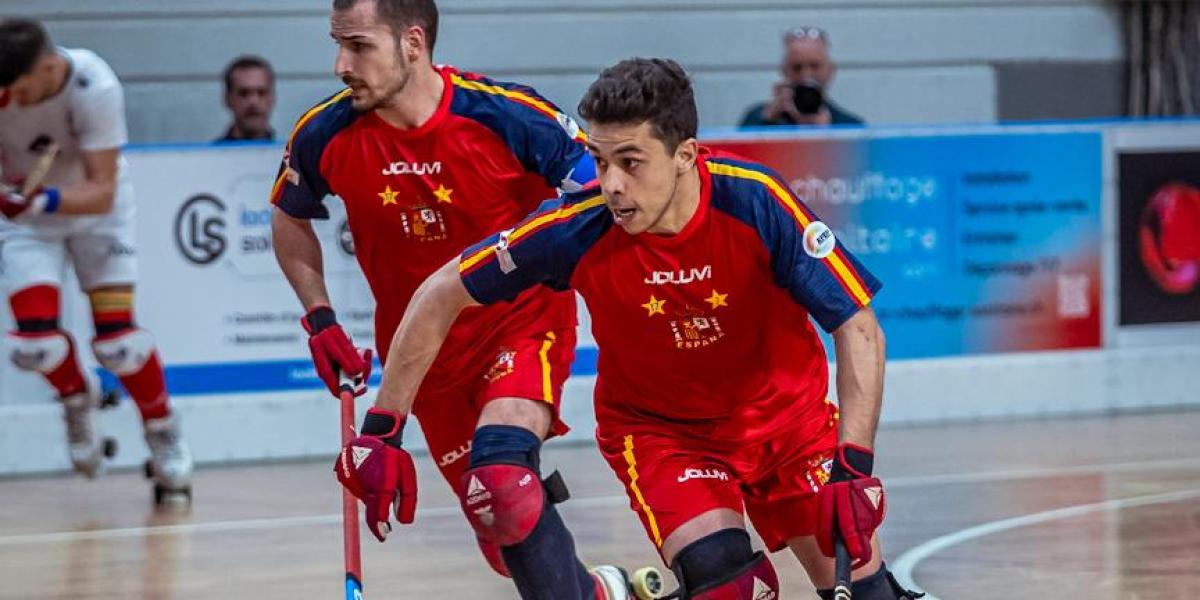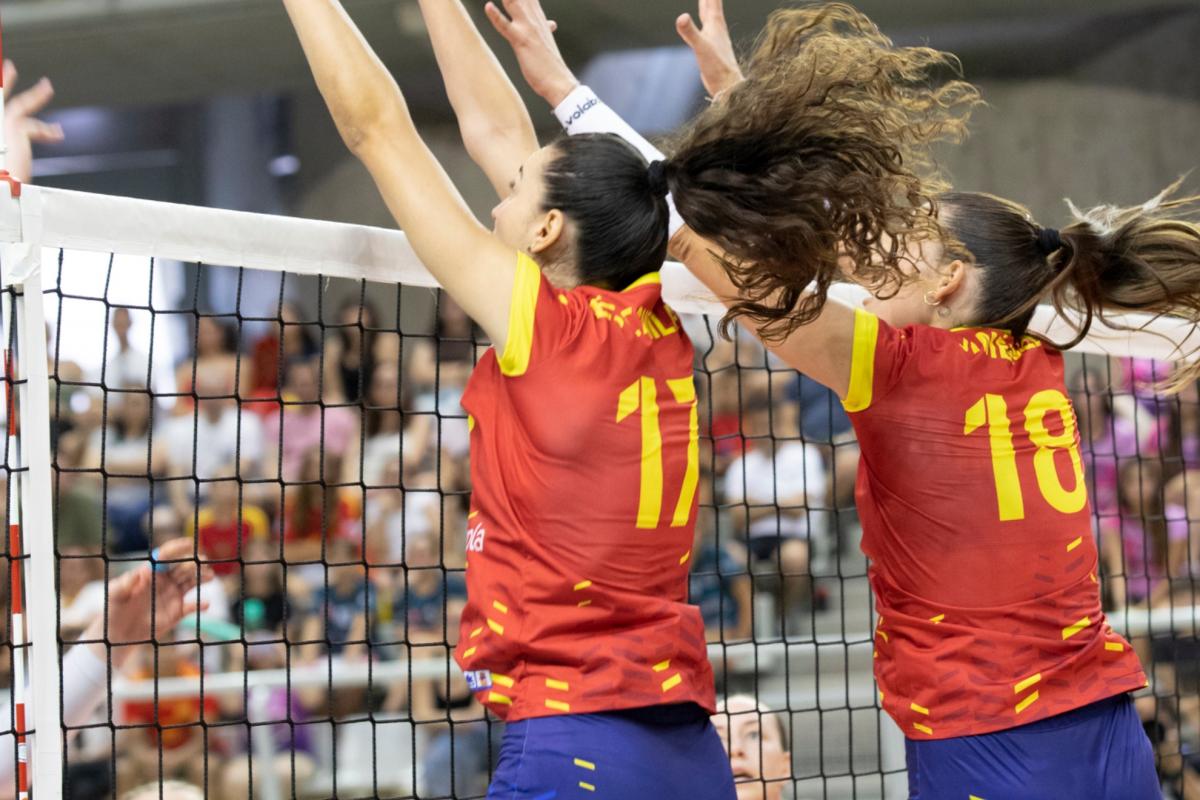Entering the Canodrome was like entering the time tunnel. There did not attend the most refined staff in the city. The show were not exactly the greyhounds, it was in the people who crowded in the railing pulling the tickets in hand and in the halls where it bet from the morning until night.
The decline and gratuitousness of these enclosures made them attractive and suggestive for a universe of indeterminate people. There the rooms were played from the incorrigible player to the believing father who spent 25 pesetas on Sunday in the window to entertain the children.
1. Sports Pavilion.
The pavilion had a special magnetism (1950-1999). Located between Gran Vía, Llançà and Sepúlvedaformed a strategic leisure pole next to the bullring of The sandsthe verbenas of Pueblo Españolthe multicultural environment of Hostafrancs and a Parallel spicy that mocked Franco; Not forgetting the avenue Mistralmeeting point in the night of kings for humble parents of large family that, around 4 in the morning, dribbled with the traders the last shotguns of cap and firefighters. Together with that of Meridiana, they were the last Canodromes of the eight that worked at various times in Barcelona.
2. Multipurpose space.
On July 12, 1950, it was inaugurated with pomp with the name of Sports Palace. He had night lighting and the 200 meter rope velodrome was still under construction that surrounded a cement track for boxing, fighting, basketball and hockey skates. This did not prevent celebrating the birth of the installation with a boxing evening in which the European champion Luis Romero He won the Swiss points Calistro after Before more than 10,000 fans.
3. Greyhound bark.
At that stage the enclosure housed the debut of the Harlem Globetrotters In the city, two World Hockey World Cups (1951 and 1954) won and four Spanish cycling championships were held. With the new Municipal Sports Palace of Montjuïc (1955), the Gran Vía space was exclusively ceded for greyhound races with the name of Pavilion Canodrome. They were the years of its peak and the peak of greyhounds. In the 60s, tickets were also sold for Barça football matches, according to the blog 'BARCELOFÍLIA’.
4. Up to 16 races. Behind a race, the next and so on until 16, according to the day. Long lines of tractors were formed in the halls full of expired butts and tickets. He was a fief of lonely and apostating men, of few women, crews of curious youngs, rare types wandering and retired in search of conversation. All of them formed a peculiar world in a scented atmosphere of Caliqueño and veteran. The yellowish toilets smelled like dogs and the barking of dogs were background music.
The arrival of democracy and later the animalist movements were changing the stage. Not all sectors of the Lebrel respected the rules and campaigns against the suffering of greyhounds were launched, welcomed by a sensitive audience that adapted to the new times. The stress of training or overcrowding in small cages or the end that awaited them was not admissible, as reported.
5. Reinvent the stadium.
The former Canodrome of Meridiana was known in the neighborhood of Congress y The sagrera as the 'Hippodrome of the poor'. He opened its doors in 1964 (FAD Award from the architect Antoni Bonet) and in 2009 he was the last Canodrome to close in Spain. The causes: an unstoppable debt, the rates and the strength of the game. Today is a recreational research park in the hands of neighbors. The greyhounds that skided in their curves gave way to digital workshops for young people and a public park for families. The neighborhood will celebrate its Festa Major in October and acts have been organized to make the memory of races with current debates and exhibitions.
6. Employees speak.
To the web 'Canodrome'In 2011 he collected a report from Pau Faus with testimonies of neighbors and workers of the enclosure. Personal stories and perceptions mixed in a contradictory atmosphere: avid apostators, fights, threats … Some of the opinions collected in the video:
César García y Ferran Feliu (Neighbors): “The atmosphere was very pleasant, of friends and neighbors …” Pedro A. Fernández (Worker): “They saw a race and went to the bar for a swallow. Some brought their drink and their snack, we did not control the entry of food.” Francisco Ramón (neighbor): “Many people went to ruin, the taxi, the bakery …” were sold. “They asked for five hard to play and there were many friendships … Broken marriages.” “I have seen the windows break, fighting, the police …” Josep Vergés (HEAD OF CARRERAS), threatened: “Today you will not get home alive,” they told me.
Everyone said the races were a show. Nostalgia remains. The endless walk of the contestants, the numbers of the vests, the exit of the drawer and the rumble of the public.
Kubala, number 1 as a luckless coach on the benches
Ladislao Kubala obtained in August 1957 the number one of the coaches of the Spanish Federation, to which 35 applicants were presented. The great Barca player was ahead of his friend Di Stéfano through half a point, followed by Pepe Llopis Fernández, Louis Hon Antonin and Santiago Sanz Fraile. The idol of Les Cinco Copes won Barcelona for his personality and talent until he defeated the European Cup in the Berna final against Benfica (1961) marked his new destination. The brilliance he had in his career as a player was not the same as he started on the benches. After being director of the Barça School, he directed in two stages to the team (1961-63 and 1980), to Spanish as a player-leader leading Di Stéfano (1964-65), FC Zurich (1966-67), Toronto Falcons (1967), Córdoba (1968-69), Spain (1969-1980), Al-Hilal (1983-84), Murcia (1987), Malaga (1987-88), Elche (1988), Spain Sub-21 (1992) and Paraguay (1995)



